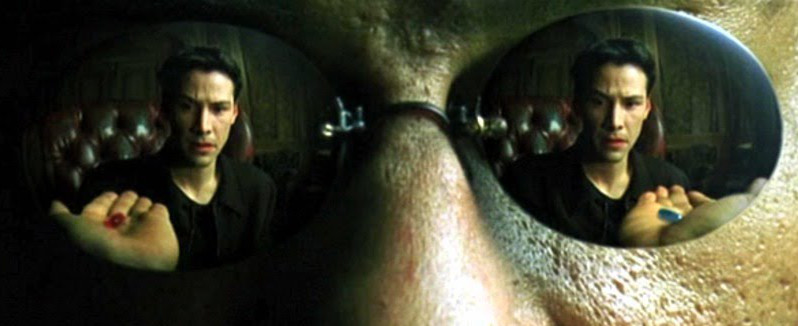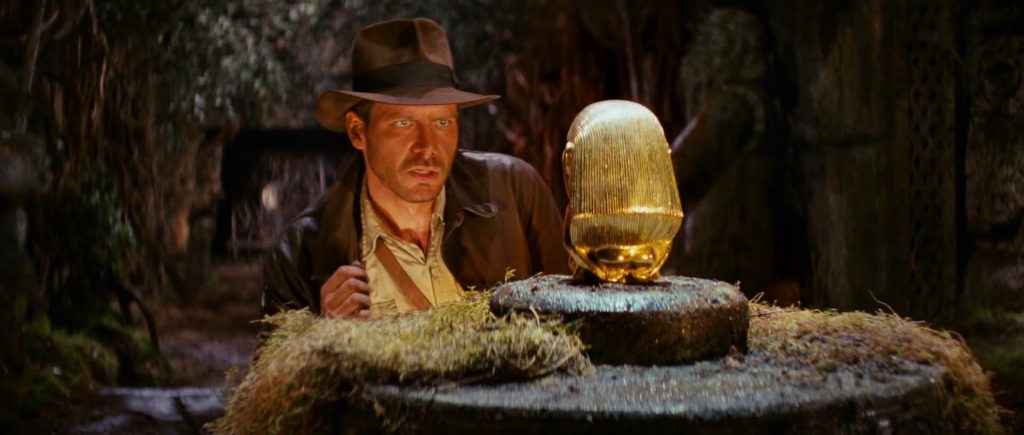When I joined the Technology Enhanced Learning (TEL) team in the Swansea Academy of Learning and Technology (SALT) at Swansea University, I was looking forward to making the most of my previous educational and professional experiences in a job which seemed tailor-made for someone with my background. I have a degree in History but have spent most of my career working in IT, developing systems and services for public and academic libraries. Throw a primary PGCE, 20 years or so of programming experience and a genuine love of education and technology into the mix and you have the makings of an academic developer, right? Sure, I knew I needed to refresh my pedagogical understanding (when I did my PGCE, Learning Styles [1] were all the range and I had been diagnosed as an aural learner – probably because I didn’t take notes during lectures) but I had thoroughly wonderful new colleagues who were more than happy to share their own experiences, thoughts and opinions, and direct me to useful articles, websites and contacts.
Ironically, despite joining a Technology Enhanced Learning team whose primary support function was to maintain and develop Blackboard, the most conspicuous gap in my knowledge was that of the VLE. As a student and practitioner, I had never really used one! [2] My undergraduate degree began in 1999 and though I attended a university which was at the forefront of the digital curve, material such as reading lists and course handbooks were handled at a faculty level via bespoke but efficient websites. I began my PGCE in 2007 and though the institution had Blackboard, I used it sparingly, downloading the odd document such as the course handbook. I did not use it to submit assignments or access course related content as most of this was provided in printouts by subject lecturers. Finally, as a software developer, though I was tasked to integrate our reading list output into Blackboard in 2012, I designed a JavaScript widget which was platform agnostic so I was not required to develop anything more than the most basic understanding of our VLE. It may be coincidence but these periods roughly overlap with the snapshots taken to represent technological advancements by Linda Clarke in her review of VLE related articles in “Technology, Pedagogy and Education”: the period “which comes after the introduction of the Internet to education, but prior to its widespread availability and use”, a period of “renewal and renovation” typified by a “transition to the Internet” and finally a period of “learning in the social web” typified by the integration of “web 2.0” technologies such as blogs and wikis [3].
I had originally intended this blog post to be a complete record of my search for a pedagogical understanding of the VLE but as I composed a mind map of the topics I’d need to cover, I realised that I’d have something approaching a thesis if I took the red pill, stayed in Wonderland, and found out how deep the rabbit hole went. I’ve therefore decided to use this post to highlight some of the themes I would like to explore in more depth.

Neo is presented with a choice from “The Matrix”, Directed by The Wachowski Brothers, Warner Bros. 1999.
The first thing I learned as I began to read through articles, blog posts and policy documents is that there is little agreement on what exactly constitutes VLE pedagogy. Whilst the primary developer of Moodle, Martin Dougiamas, is convinced the VLE is informed by a social constructivist pedagogy [4], other commentators have argued that VLEs are pedagogically neutral because pedagogy “is a decision made by teachers, not systems”. [5] If there is no inherent VLE pedagogy, it’s certainly true that like all technologies, they are neither neutral nor unbiased; they come with “propensities, potentials, affordances and constraints that make them more suitable for certain tasks than others”. [6] As a programmer, I had worked with some talented user experience and user interface developers who alerted me to the science and psychology behind a good website. [7] A VLE is no different; its design will have a massive impact on how it is used. Whilst there appears to be a dearth of articles which take a holistic view of VLE pedagogy, there is no shortage of material exploring constituent parts such as blogs, wikis, quizzes and assessments. The same can be said for the types of learning a VLE can facilitate (e.g. blended, flipped, active). Does the sheer conceptual size of the VLE (with all its plugins, add-ons etc) make it impossible to analyse in a coherent manner? Are we better accepting the pedagogy of its constituent parts as sufficient for our understanding? The more I read about VLE pedagogy, the more I realised I was perhaps overcomplicating things; I was focusing on conceptual frameworks but ignoring the rich and practical evidence base which recorded fellow colleagues success and failures in their use of a VLE.
Coming from a programming background, I was interested to find out if there were any standards which a VLE might be compared against. In my previous job, I might have been more concerned with how many simultaneous http connections the Blackboard servers could handle or if the site was compliant with the Web Content Accessibility Guidelines but now I wondered how one could tell if a VLE was having a positive influence on teaching and learning? Following this tunnel, I came across technology models such as The Three Tier Technology Use Model (TUM) [8], the Technological Pedagogical Content Knowledge (TPACK) Model [9] and SAMR [10]; they weren’t benchmarks per se but did provide insights which would be useful in understanding how the VLE could be most effectively integrated into teaching and learning. I was already convinced that pedagogy should precede technology when deciding how to teach a particular topic but examining these frameworks highlighted the fact that some developments in technology should lead to a reconceptualization of teaching and learning practice because they make possible things which had previously been inconceivable. [11]
The most useful case studies I have come across describe a journey which begin with VLEs which are little more than digital landfills and end with coherently structured content, delivered in the most appropriate means for the desired learning outcome. These journeys are replete with challenges but consistently highlight that the most truly remarkable potential benefits of using a VLE can only be realised together with institutional and personal change, for staff and student alike. [12] What does the gold standard in a VLE look like? For me, an exceptional VLE will offer a truly personal teaching and learning experience; it will allow students and teachers to learn, teach and interact in the manner which suits them best. It will therefore need to be flexible, adaptive and capable of responding to an individual’s preferences and circumstances, delivering content based on desired learning outcomes and learning analytics developed and informed by domain experts.

Indiana Jones searching for the Gold Standard VLE from “Indiana Jones and The Raiders of the Lost Ark, Directed by Steven Spielberg, Paramount Pictures, 1981
I’ve been at SALT for four months and I have thoroughly enjoyed every minute of it. At first, it was quite daunting as I wondered how I would ever bridge the gaps in my understanding, particularly after I was introduced to my new colleagues and found out everything they were involved in! As others have said before me [13], the team seemed to be speaking a different language. Thankfully, I have been given a lot of leeway to build on my own knowledge and experience; I have read around subjects which have peaked my interest such as active learning, artificial intelligence, virtual reality and augmented reality and have met some of our remarkable lecturers and teachers who have helped me to understand the academic landscape of Swansea University. Most importantly, I’ve been made to feel very welcome by new team – I don’t think my mug has been empty of tea since I started!
[1] See Is the Learning Styles ‘Myth’ Important? by Philip M. Newton and Mahallad Miah for more details: https://dx.doi.org/10.3389/fpsyg.2017.00444
[2] See https://www.youtube.com/watch?v=y8Kyi0WNg40
[3] Linda Clarke (2013) Virtual Learning Environments in teacher education: a journal, a journey, Technology, Pedagogy and Education, 22:1, 121-131, DOI: https://dx.doi.org/10.1080/1475939X.2012.731632
[4] https://docs.moodle.org/34/en/Philosophy
[5] http://thereeddiaries.blogspot.com/2013/06/the-pedagogy-of-insert-your-vle-here.html
[6] Koehler, M. & Mishra, P. (2009). What is Technological Pedagogical Content Knowledge (TPACK)?, Contemporary Issues in Technology and Teacher Education, 9:1, 60-70, DOI: https://doi.org/10.1177/002205741319300303
[7] e.g. see https://www.sitepoint.com/ux-designer-actually/ and https://uxplanet.org/the-psychology-principles-every-ui-ux-designer-needs-to-know-24116fd65778
[8] e.g. Shu-Sheng Liaw (2008) Investigating students’ perceived satisfaction, behavioral intention, and effectiveness of e-learning: A case study of the Blackboard system, Computers & Education, 51:2, 864 – 873, DOI: https://doi.org/10.1016/j.compedu.2007.09.005
[9] e.g. Mishra, Punya & Koehler, Matthew (2006) Technological Pedagogical Content Knowledge: A Framework for Teacher Knowledge, Teachers College Record, 108, 1017-1054
[10] e.g. http://www.schrockguide.net/samr.html
[11] e.g. Helen Beetham (ed.) (2013) Rethinking Pedagogy for a Digital Age: Designing and Delivering E-learning, Routledge
[12] e.g. See Gleadow R et al (2015) Design for learning – a case study of blended learning in a science unit, F1000Research, 4:898. DOI: http://doi.org/10.12688/f1000research.7032.2
[13] See Darren’s post on joining SALT – https://salt.swan.ac.uk/6147-2/


